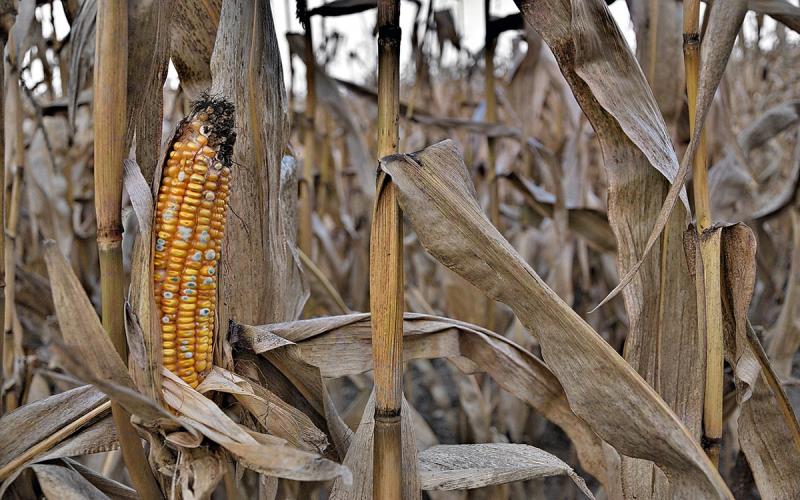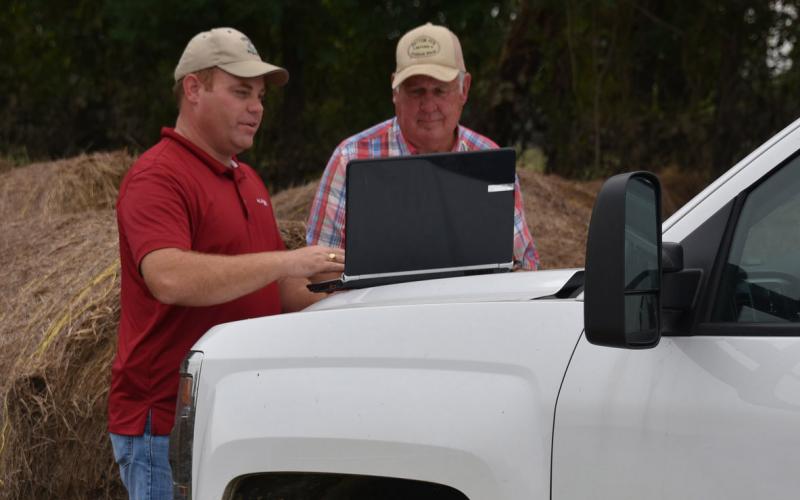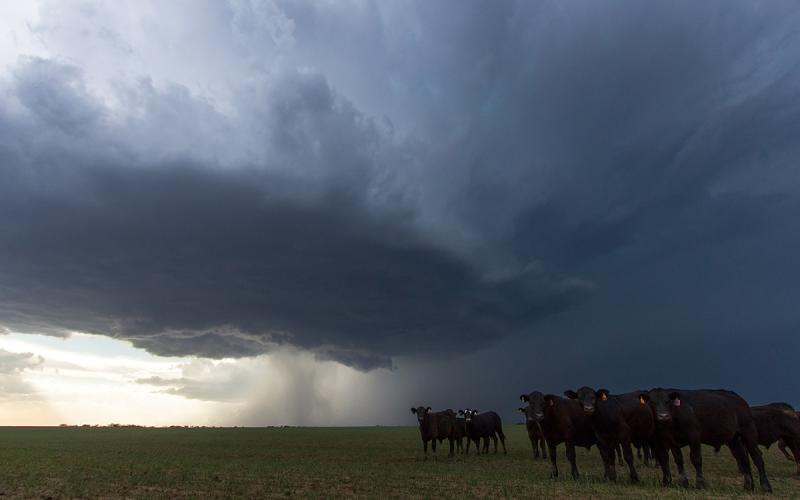Written by Addie Stamps, former SDSU Extension Livestock Production and Stewardship Field Specialist.
For kids all across our state, county fair week is one of the best times of the year. It’s a reward for months of work feeding and training animals and a chance to learn, grow, and show off your hard work. But when animals from many different farms come together in one place, there's a real risk of disease spreading between animals and even between animals and people.
That’s where biosecurity comes in. Whether you're hauling lambs, brushing out your steer, or packing up pens for rabbits and chickens, every exhibitor has a role to play in protecting their animals and their show friends & families.
Biosecurity Basics for Everyone
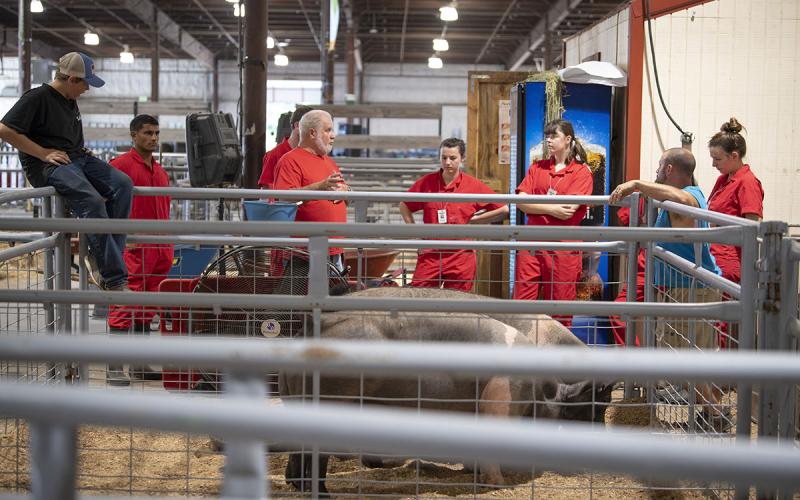
- Bring healthy animals only. If an animal is coughing, not eating, or acting off, it should stay home—no matter how disappointing that may be.
- Clean and disinfect equipment (feed pans, halters, water buckets, grooming tools) before and after the fair.
- Keep species separated in the trailer and at the fairgrounds.
- Don’t share feed, water, or grooming equipment with other exhibitors, or clean afterwards.
- Wash hands regularly, especially after handling animals and before eating.
- Have “fair shoes” that are cleaned before returning home to your barn.
When You Get Home
When you get home quarantine is key. Every species should be quarantined for at least 14 days after returning from the fair. Keep them separate from the home herd or flock, watch for signs of illness, and clean all gear and clothes before using them back home.
Species-Specific Tips
Cattle
Cattle can pick up and spread Bovine Respiratory Disease (BRD) quickly in stressful environments like fairs. Keep fans running, minimize stress, and avoid group water sources. Post-fair, monitor temps and appetite closely.
Chickens & Poultry
Avian influenza and Newcastle disease are real threats. Many states require Pullorum-Typhoid testing before showing poultry—make sure your birds are tested within the approved time frame. Don’t allow the public to touch your birds.
Hogs
Pigs are prone to swine flu (influenza A) and porcine reproductive and respiratory syndrome (PRRS). Swine barns are high-risk areas for disease spread. Limit time in the barn, avoid close interaction with other pigs, and don’t let pigs lie nose-to-nose with animals from other farms. If showing at multiple fairs, ideally use the same group of pigs for all shows and avoid rotating new pigs in and out.
Horses
Horses are exposed to a range of equine, and influenza herpesviruses (EHV), strangles. Avoid tying your horse to shared fences or railings. Many horse shows now require proof of vaccination and a current Coggins test—bring copies with you.
Rabbits
Rabbits can spread Pasteurella, ear mites, and other illnesses in crowded barns. Bring your own pen or cage if allowed, avoid stacking cages from different farms, and minimize handling by others. Clean cages thoroughly when you get home and monitor for nasal discharge or weight loss.
Sheep & Goats
Sheep are highly susceptible to respiratory diseases and caseous lymphadenitis (CL). Avoid nose-to-nose contact and clean shared clippers or shears, as bacteria can be transferred through small skin abrasions. Watch for abscesses near lymph nodes.
Going From Fair to Fair
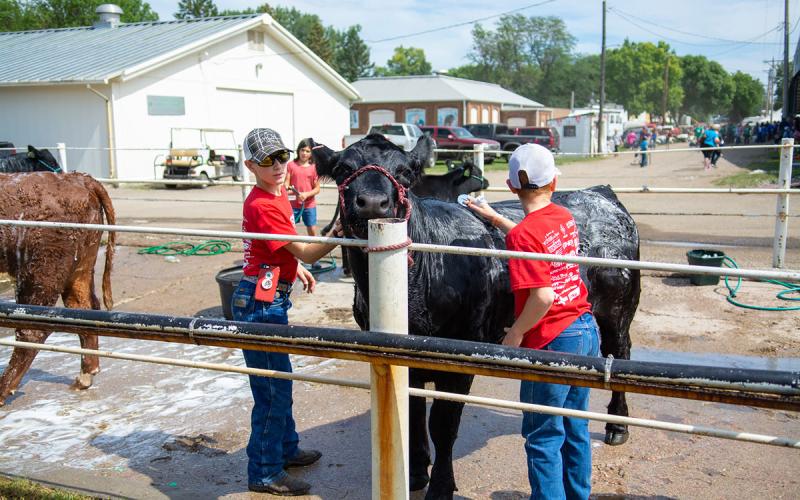
If you’re attending more than one fair this summer, your biosecurity plan should travel with you. Here are a few extra tips:
- Rotate clean gear, consider having separate brushes or buckets for each stop if possible.
- Build in downtime between fairs to monitor animals for illness.
- Quarantine after the last fair before fully reintegrating animals.
- Keep records of where each animal has traveled in case any disease outbreaks are traced.
Fairs are a big part of youth livestock programs, but they come with a responsibility to care for animals the right way. Biosecurity isn’t about fear, it’s about prevention. With a few extra steps, you’ll be doing your part to keep your animals, your barn, and your community healthy, now and for the seasons to come.
